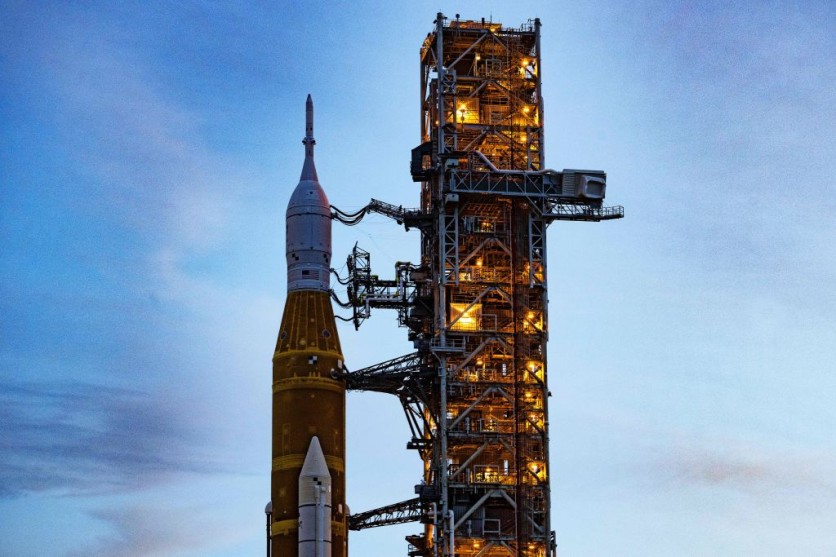NASA's first moon mission in 50 years has been delayed several times. But now, it will have to postpone its planned launch again due to Tropical Storm Nicole.
The space agency intended to launch Artemis 1 from Florida's Kennedy Space Center (KSC) on Monday, Nov. 14. However, NASA chose to push back the launch date, to November 16, as a result of Nicole's proximity to Florida's Atlantic Coast.
The original launch of Artemis 1 was delayed 1 month after suffering from technical glitches. In September, Hurricane Ian forced NASA to postpone the launch and had to shelf its moon rocket back at the Vehicle Assembly Building (VAB) of KSC.

Re-targeting the Moon Mission Launch
NASA has chosen to re-target the launch next Wednesday to ensure safe working conditions for the crew. The agency said in a blog post that they are closely monitoring the tropical storm.
NASA said that this was necessary for their personnel to attend to the needs of their families. The postponement will also give the team enough logistical time to get back into launch status once the storm has passed.
Kennedy is presently in a HURCON (Hurricane Condition) III status, which calls for protecting the center's buildings, property, and machinery, as well as deploying and briefing the "ride-out" team.
A "ride-out" crew, which is a group of people who will stay in a secure area at Kennedy to monitor conditions during the storm, such as the flight hardware for the Artemis I mission, is part of NASA's hurricane preparedness strategy.
The agency decided that keeping the Space Launch System (SLS) rocket and Orion spacecraft parked at the launch pad was the safest course of action for the launch gear based on the predicted weather and options to retreat ahead of the storm.
SLS Rocket
The SLS rocket is engineered to survive winds of up to 85 mph (74.4 knots) at a 60-foot altitude with a structural margin. The most recent forecasts indicate that high winds are not likely to exceed the SLS design. The spaceship's hatches have been closed to prevent water entry so that torrential downpours at the launch site will not harm the rocket.
Teams have also turned off the Orion spacecraft, boosters, SLS core stage, and the interim cryogenic propulsion stage.
Additionally, engineers have secured the crew access arm on the mobile launcher, attached a hard cover to the launch abort system window, and adjusted the environmental control system parameters for the spacecraft and rocket components.
NASA said that teams are prepared to pick up where they left off as soon as the weather and Kennedy Center situation permits them to. When they return to the location, technicians will conduct walkdowns and inspections at the launch pad to determine the condition of the rocket and spacecraft.
A launch on Nov. 16 during a two-hour window that begins at 1:04 am EST would result in a splashdown on Dec. 11. NASA will work with the U.S. Space Force to plan a backup launch opportunity on Saturday, November 19 in case the Wednesday launch will be delayed once again.
This article is owned by Tech Times
Written by Joaquin Victor Tacla
ⓒ 2025 TECHTIMES.com All rights reserved. Do not reproduce without permission.




